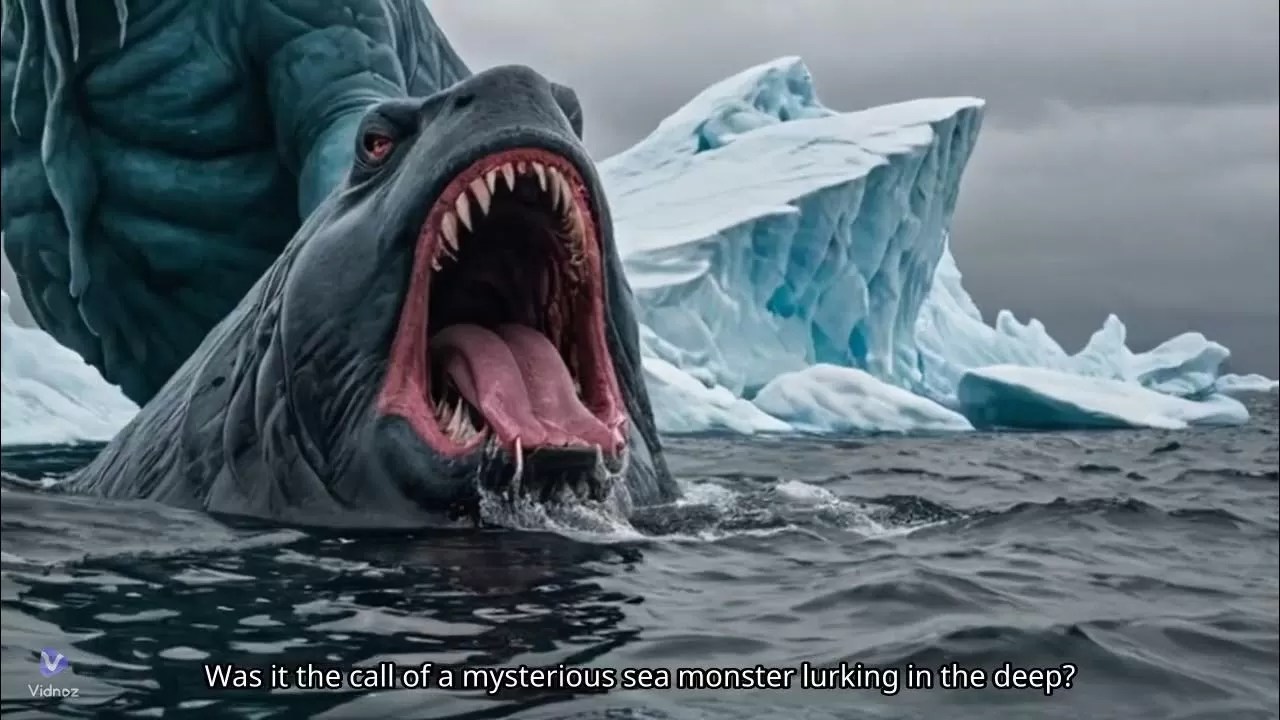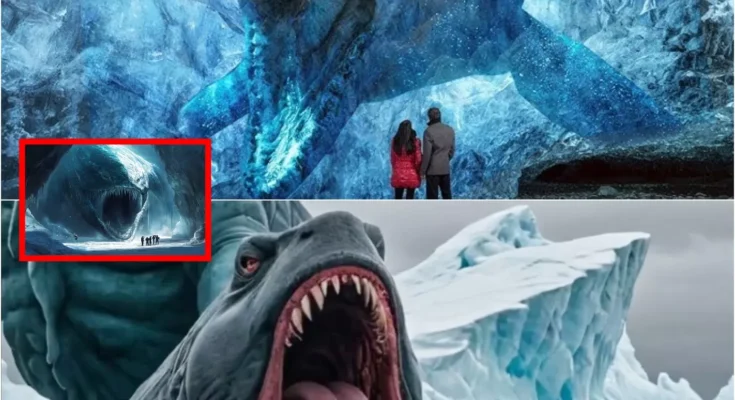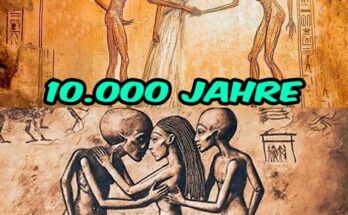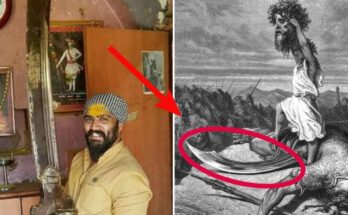Explorers discover carvings of prehistoric creatures at Göbekli Tepe: An astonishing find that defies history
Göbekli Tepe, one of the world’s most enigmatic archaeological sites, is once again surprising the scientific community. A team of explorers has made an accidental discovery that could change our understanding of ancient civilizations. These are stone carvings of prehistoric creatures, dating to the end of the last Ice Age, approximately 11,000 years ago.
The research team, made up of archaeologists and independent explorers, was inspecting a little-explored section of the site when they noticed what appeared to be strange patterns on a series of monoliths. Upon further excavation, they revealed intricate depictions of unknown creatures, some with characteristics typical of extinct species.
“We have never seen anything like this at Göbekli Tepe. These carvings depict animals that do not resemble any known species in the region,” said Dr. Mehmet Yildiz, lead archaeologist on the project. “The level of detail is impressive, suggesting a deep understanding of animal anatomy at that time.”
The discovery has sparked a heated debate about the relationship between these representations and the fauna of the period. Some of the carved creatures appear to be megafauna species, such as the woolly mammoth or the woolly rhinoceros, but other figures display unusual features that defy identification.
“These could be artistic interpretations of real animals, or perhaps creatures that were part of myths and beliefs from that time,” explained Dr. Anne Fischer, an expert in prehistoric iconography.
Göbekli Tepe, located in present-day Turkey, has been considered by many to be the oldest temple in the world. Built by hunter-gatherers before the development of agriculture, this site has puzzled archaeologists for decades. The appearance of these carvings reinforces the idea that its builders possessed advanced knowledge of the natural world and stone sculpture.
“If these figures represent animals that coexisted with humans during that period, we could be looking at evidence of direct contact between our ancestors and species we now consider extinct,” commented historian James Cartwright.
To accurately determine the age of the carvings, researchers have begun radiocarbon dating analyses of the surrounding sediments. In addition, 3D laser scanning technology is being used to document every detail of the inscriptions before their public display.
“If we can confirm that these representations were created at the end of the last Ice Age, this could rewrite our understanding of the interaction between early humans and their environment,” said Dr. Fischer.
The discovery has given rise to a wave of theories. Some researchers suggest that the carvings could represent mythological creatures, symbolizing deities or spiritual entities worshipped by the builders of Göbekli Tepe. Others consider the possibility that they are vestiges of an oral tradition that narrated coexistence with these animals.

On social media, the discovery has generated great interest among archaeology and ancient history enthusiasts. Alternative history theorists have even suggested that it could be evidence of a lost civilization with advanced knowledge.
The next step will be to continue the excavations and thoroughly analyze each carving to identify possible additional patterns or inscriptions. In the meantime, the scientific community eagerly awaits the results of studies that could shed light on this mysterious find.
As the secrets of Göbekli Tepe continue to unravel, it becomes clear that this site still has much to teach us about humanity’s past and its relationship with the natural world. An accidental discovery has opened the door to a new archaeological enigma, one that could change history as we know it. We’ll be on the lookout for further discoveries!






